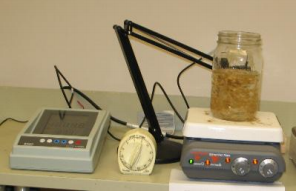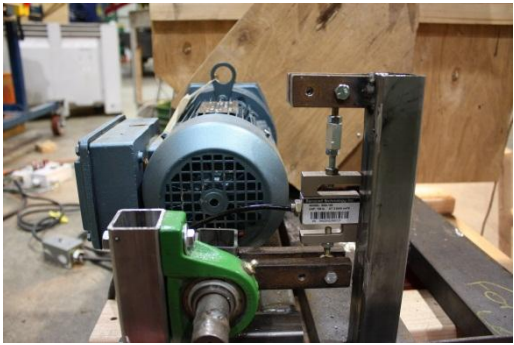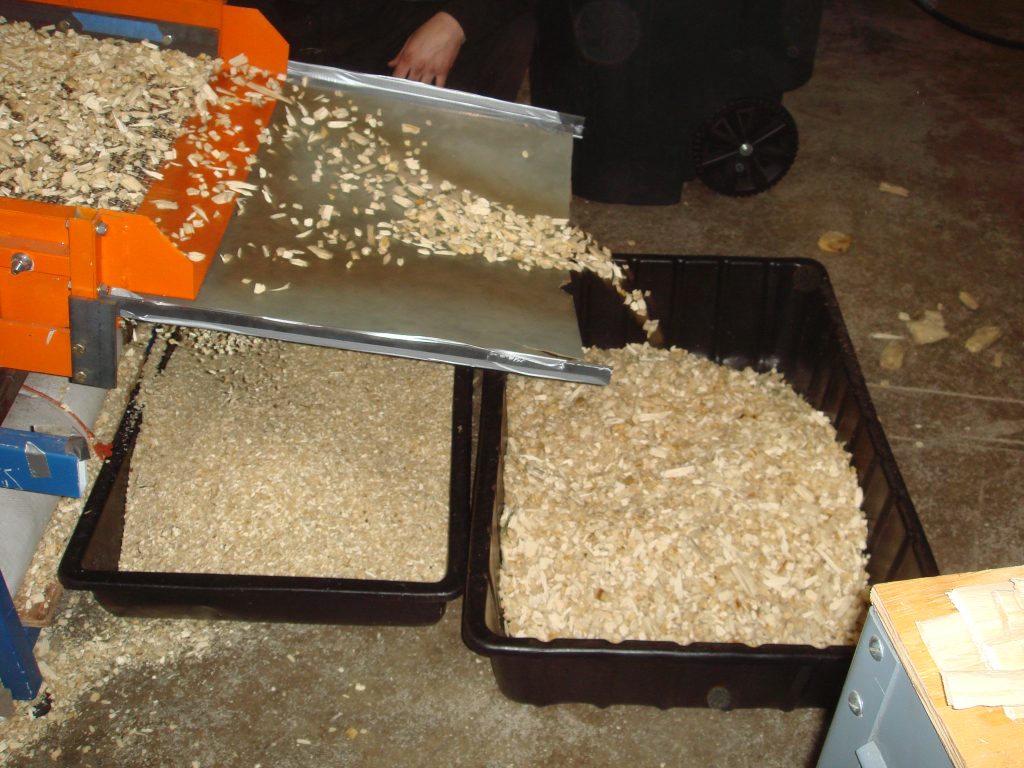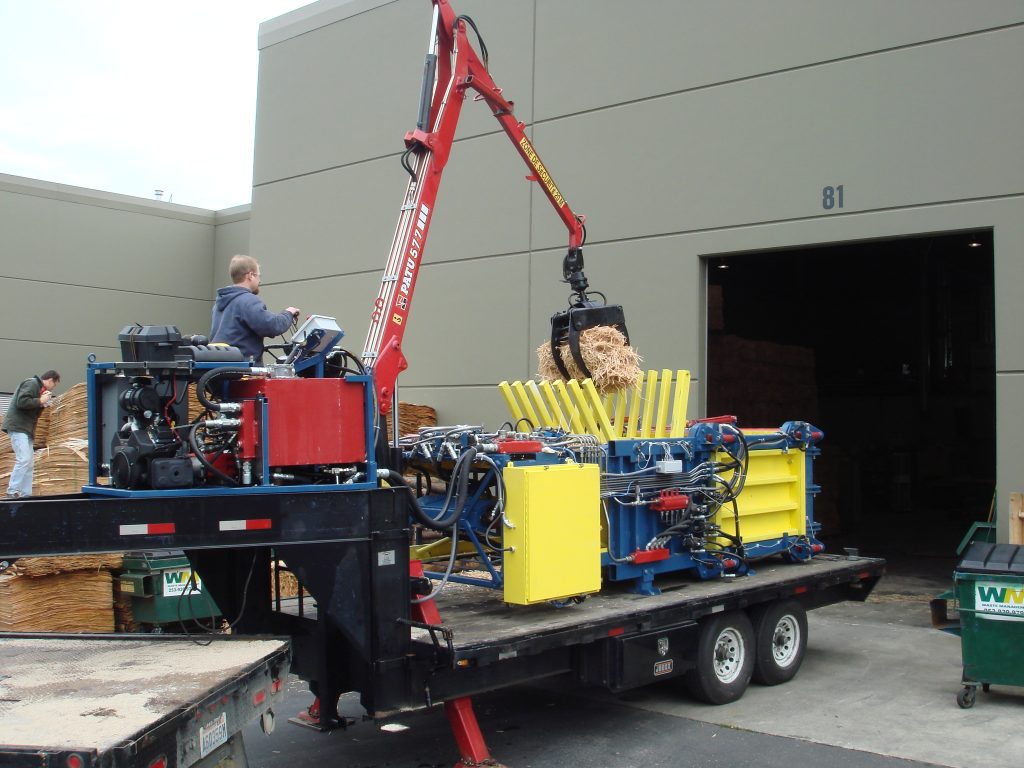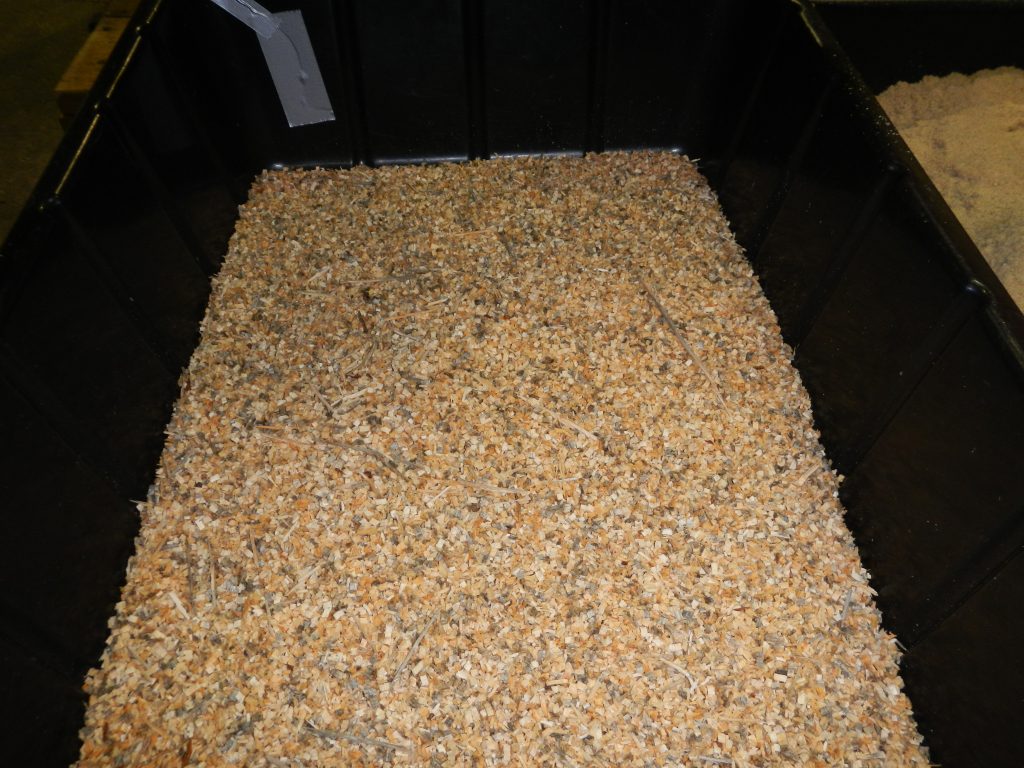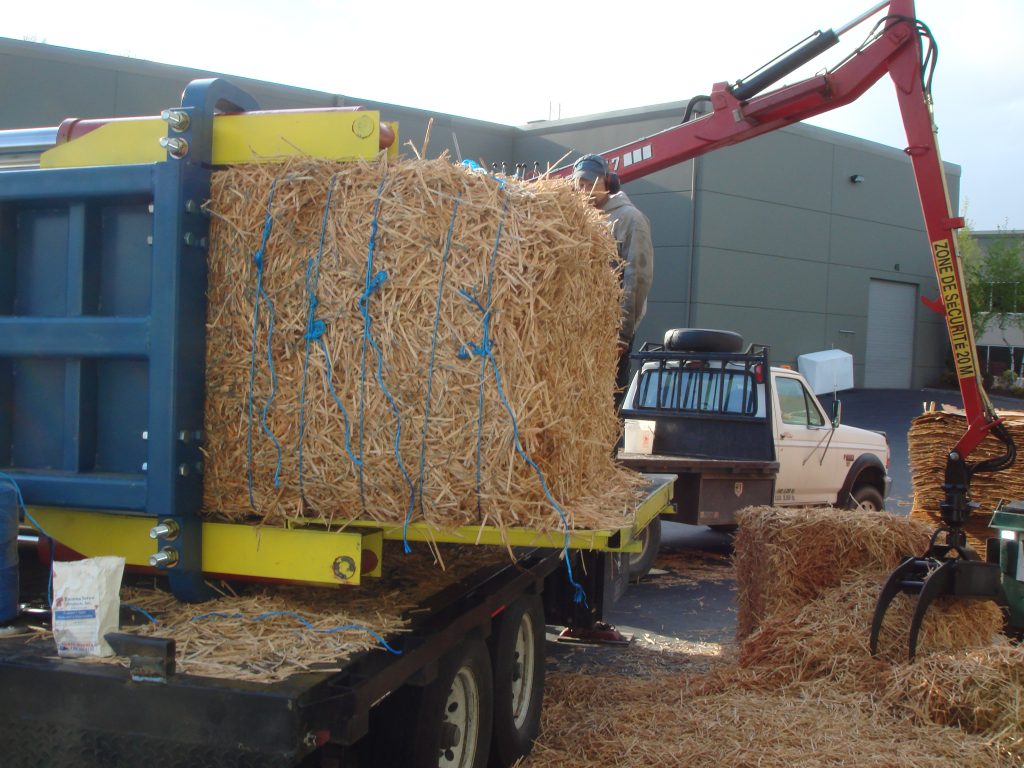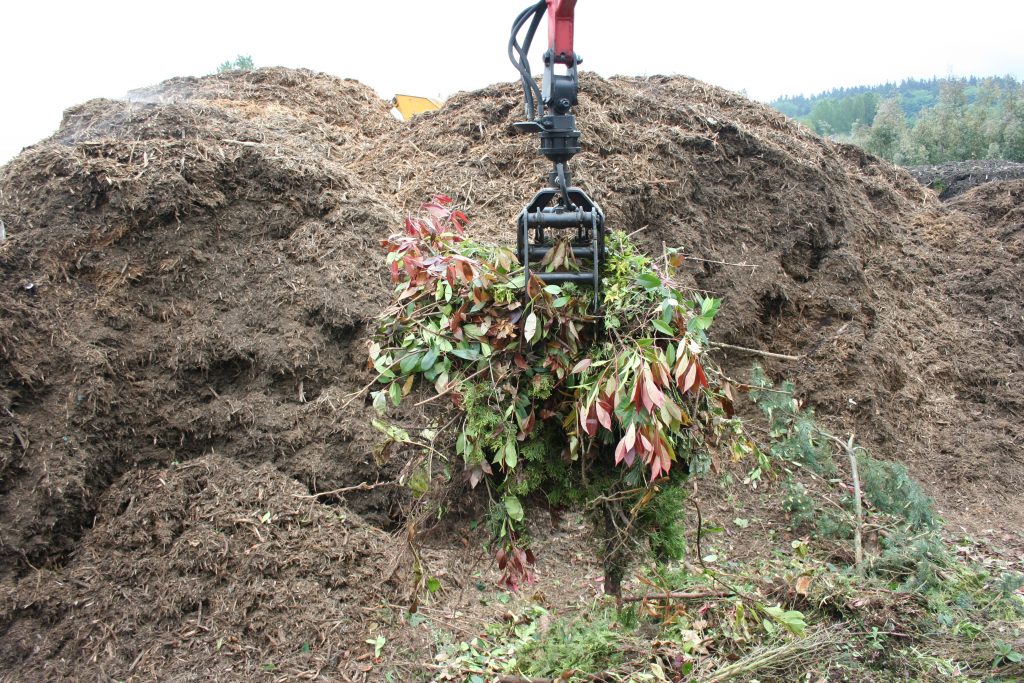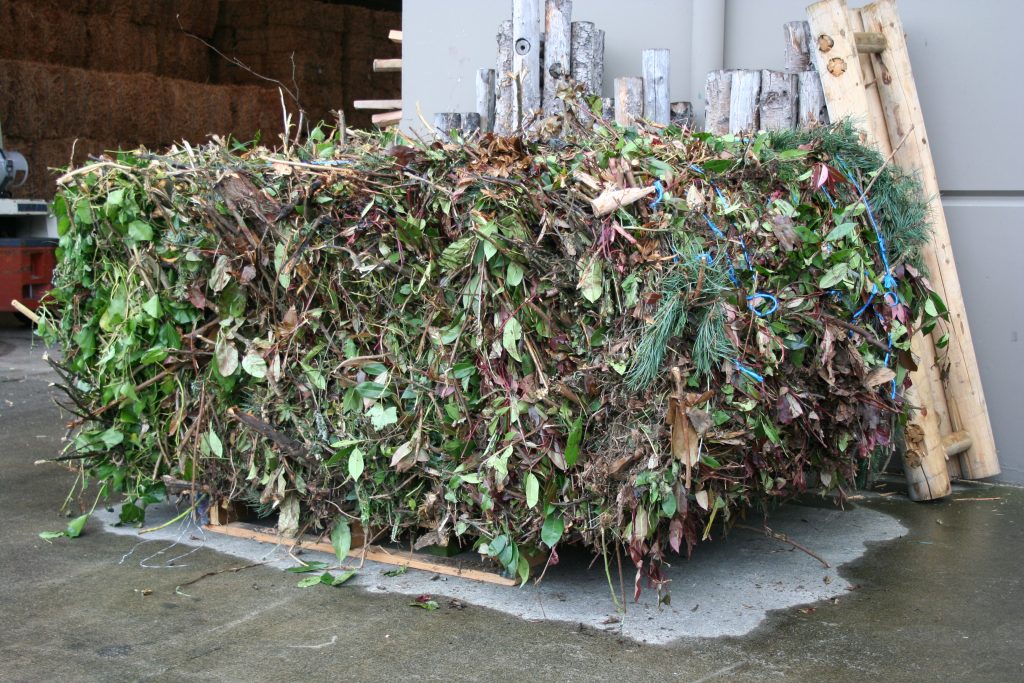Application of Buckmaster Electrolyte Ion Leakage Test to Woody Biofuel Feedstocks
Abstract In an earlier ASABE paper, Buckmaster reported that ion conductivity of biomass leachate in aqueous solution was directly correlated with activity access to plant nutrients within the biomass materials for subsequent biological or chemical processing. The Buckmaster test involves placing a sample of the particles in a beaker of constant-temperature deionized water and monitoring …
Application of Buckmaster Electrolyte Ion Leakage Test to Woody Biofuel Feedstocks Read More »

